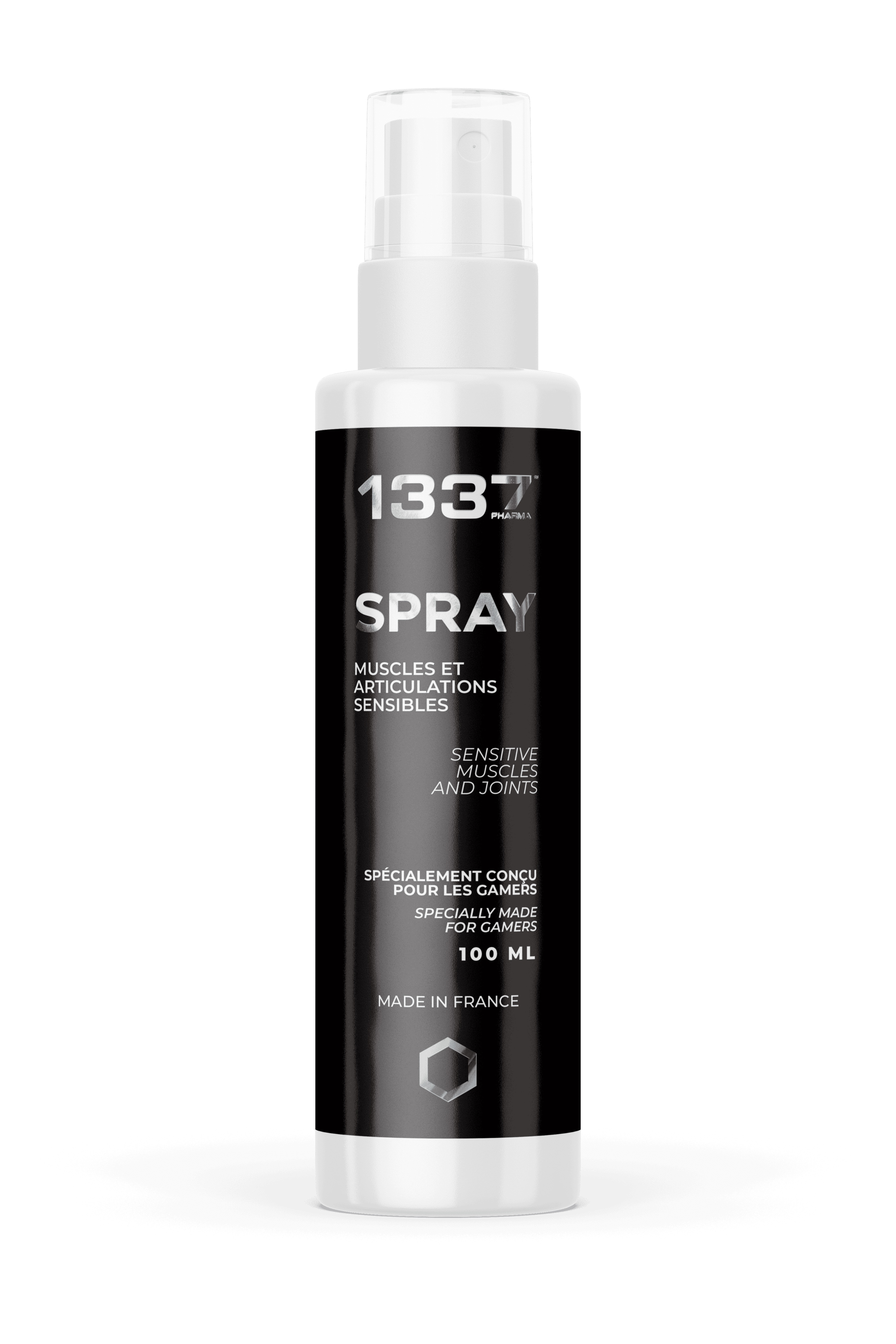Arnica
Ingredient
What is Arnica?
Where does it come from?
Why is it used?
What are the benefits?
Bibliography
What is Arnica?
Arnica is a yellow-orange flower, it is sometimes called the “mountain daisy”, because its color and petals resemble this familiar flower. It is also known as
• Mountain tobacco
• Leopard Achilles
• Barbarism of the wolf
• Mountain Arnica
Creams and ointments made from the flower head can be used to treat the following ailments:
• Muscle pain and body aches
• Bruises
• Joint pain and swelling
• Inflammation
Where does it come from?
Arnica comes from the perennial Arnica montana, a yellow-orange flower that grows in the mountains of Europe and Siberia.
Why is it used?
• Arnica against pain
Arnica is often used to manage pain.
A 2016 review found arnica to be effective in reducing pain after surgery compared to a placebo. She concluded that homeopathic arnica could be a viable alternative to nonsteroidal anti-inflammatory drugs (NSAIDs), depending on the condition being treated. (Iannitti et al., 2016)
A 2021 review indicated that arnica in gel/cream or extract form may help with chronic pain management. (Smith et al., 2021)
• Arnica for bruising and swelling
Another review from 2021 indicated that homeopathic arnica had a small effect in reducing excessive bruising or bruising after surgeries, compared to a placebo. (Gaertner et al., 2021)
A systemic review of 29 papers suggested that arnica may reduce ecchymosis (skin discoloration typically caused by bruising) if used after rhinoplasty and facelifts or facial procedures. (Knackstedt & Gatherwright, 2020)
An analysis of 11 trials involving over 600 patients from the same year suggested that arnica, combined with cold compression and tape, may reduce eyelid bruising and swelling after rhinoplasty. (Lee et al ., 2017)

Discover other plants used in our products
Bibliography
- Gaertner, K., Baumgartner, S., & Walach, H. (2021). Is Homeopathic Arnica Effective for Postoperative Recovery? A Meta-analysis of Placebo-Controlled and Active Comparator Trials. Frontiers in Surgery, 8, 680930. https://doi.org/10.3389/fsurg.2021.680930
- Iannitti, T., Morales-Medina, JC, Bellavite, P., Rottigni, V., & Palmieri, B. (2016). Effectiveness and Safety of Arnica montana in Post-Surgical Setting, Pain and Inflammation. American Journal of Therapeutics, 23(1), e184-197. https://doi.org/10.1097/MJT.0000000000000036
3. Knackstedt, R., & Gatherwright, J. (2020). Perioperative Homeopathic Arnica and Bromelain: Current Results and Future Directions. Annals of Plastic Surgery, 84(3), e10‐e15. https://doi.org/10.1097/SAP.0000000000002043
4. Lee, HS, Yoon, HY, Kim, IH, & Hwang, SH (2017). The effectiveness of postoperative intervention in patients after rhinoplasty: A meta-analysis. European Archives of Oto-Rhino-Laryngology: Official Journal of the European Federation of Oto-Rhino-Laryngological Societies (EUFOS): Affiliated with the German Society for Oto-Rhino-Laryngology – Head and Neck Surgery, 274(7), 2685-2694. https://doi.org/10.1007/s00405-017-4535-6
5. Smith, AG, Miles, VN, Holmes, DT, Chen, X., & Lei, W. (2021). Clinical Trials, Potential Mechanisms, and Adverse Effects of Arnica as an Adjunct Medication for Pain Management. Medicines, 8(10), 58. https://doi.org/10.3390/medicines8100058

